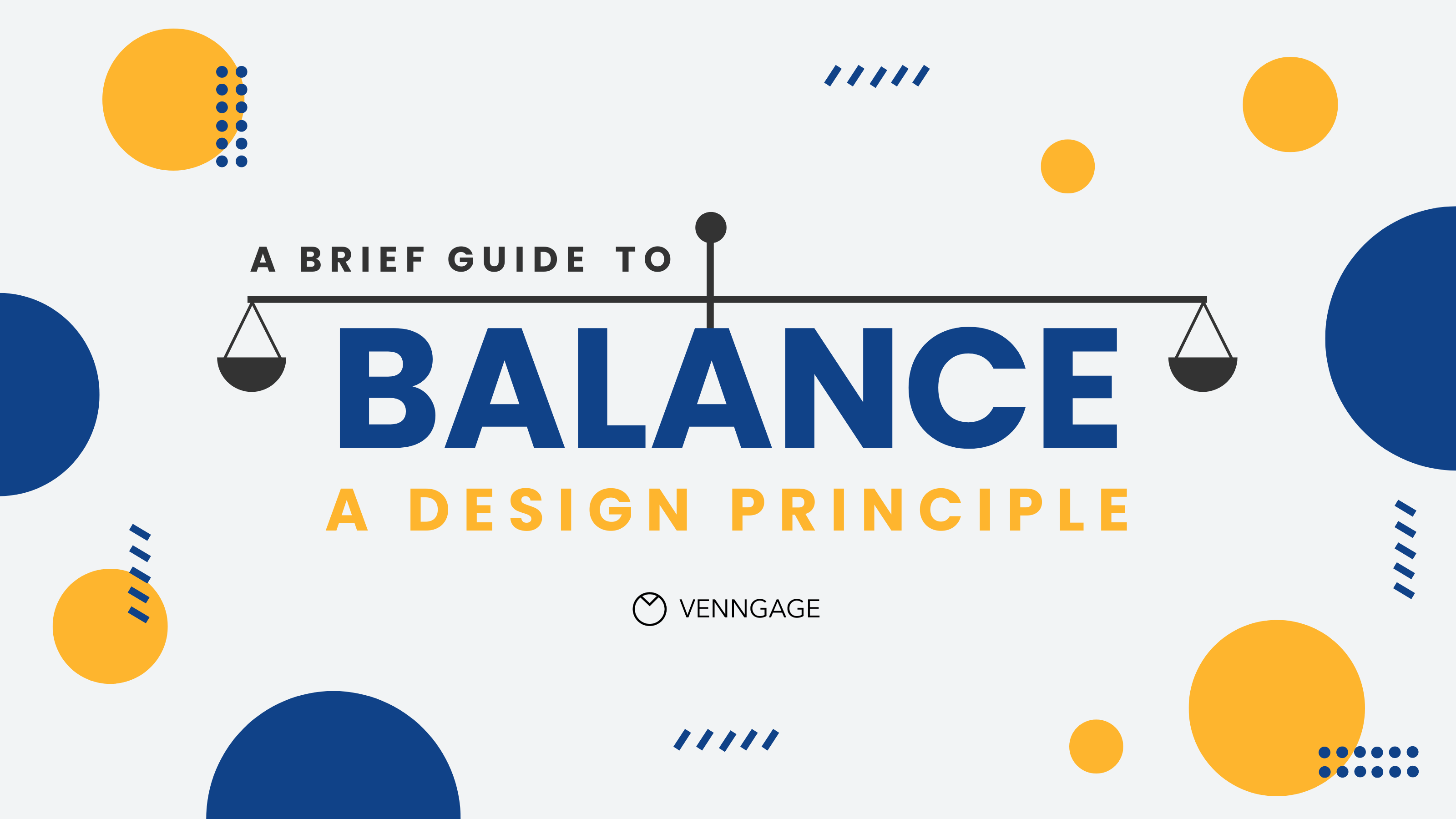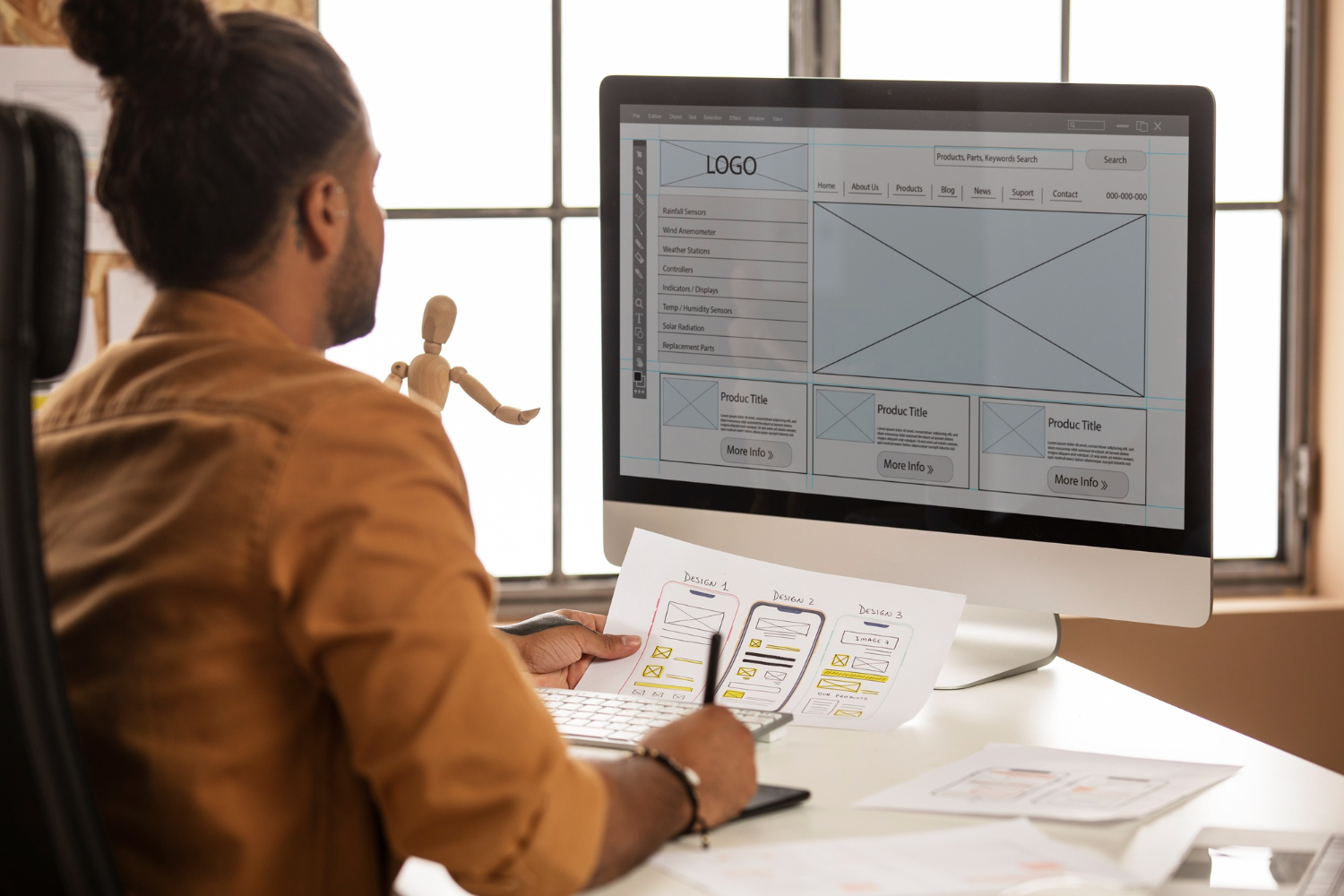Balancing Visual Aesthetics and Functionality in Modern Product Design
The ever-growing range of digital products on the market contributes to the constantly rising expectations of their users. While functionality is the primary concern for most people, some of them are ready to forgo useful features if they find that the visual design disrupts the flow of interaction.
How To Balance Visual Aesthetics and Functionality in Modern Product Design
How do professional design companies like Widelab achieve a balance between form and function? Read this article to learn more.
Prioritization of user-centered design
Successful design is the design aligned with the needs of the product’s target audience rather than the assumptions of its designers. This means that no product should be designed without thorough research of potential end-users, which should be focused on their preferences and behavior.
Furthermore, an iterative design process, based on feedback loops, helps to evaluate the user experience and optimize the design before the production of the final version of the product begins. To facilitate an iterative approach with minimal cost, designers can create prototypes to test their concept with users.
Finally, continuous monitoring of technological advancements and market dynamics will provide suggestions for further design optimization.
Design based on functionality
Although visual aesthetics plays a significant role for users, functionality remains at the core of a product. Even if users find a product particularly appealing, they will have to switch to another solution if it does not meet their needs.
Moreover, designers should prioritize the primary purpose over additional features that may or may not prove useful. If certain elements do not enhance the user experience, they should be removed to maintain a clear and user-friendly product.
Consistency and visual hierarchy
Consistency in design elements, including graphics, color schemes, and typography, is essential for creating both a visually pleasing experience and ensuring usability. Consistent design fosters visual harmony, which is crucial for engaging users.
Furthermore, when the design is consistent, it becomes easier to establish and maintain a hierarchy in the information architecture. Contrasting colors, larger texts, and different fonts can help emphasize primary functionality and content, guiding users seamlessly through the product.
Accessibility
A commitment to inclusivity is an effective approach that benefits both end-users and brands releasing new products.
Despite the growing trend of inclusivity, users with disabilities still have a much smaller choice of products than the rest of the target audience. Accessible designs enable these individuals to enjoy useful products, while companies get the opportunity to reach a wider customer base.
Functional and Appealing Designs from Widelab
Creating a harmonious design supporting the primary purpose of a product may be a challenging task, but it is by no means impossible. There is no doubt that some of the most popular products, such as Google’s search engine or Apple’s iPhone, boast successful designs that make their users reluctant to explore alternative options. For additional case studies on well-balanced designs, you can turn to the professionals at Widelab.


















